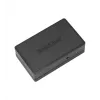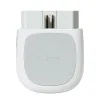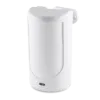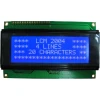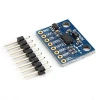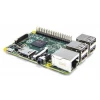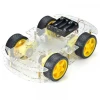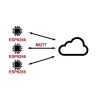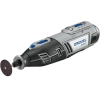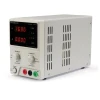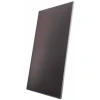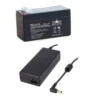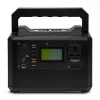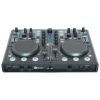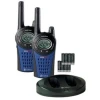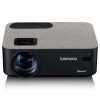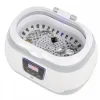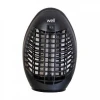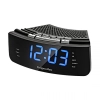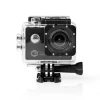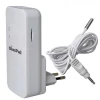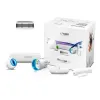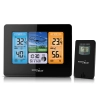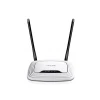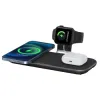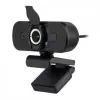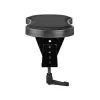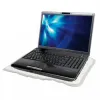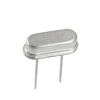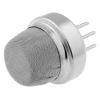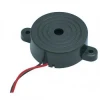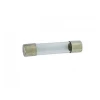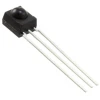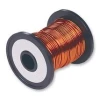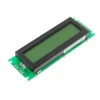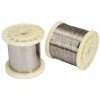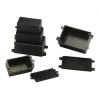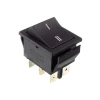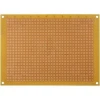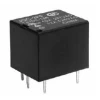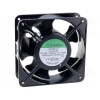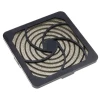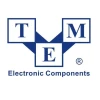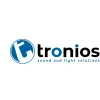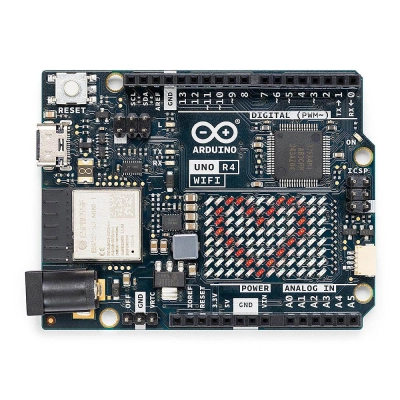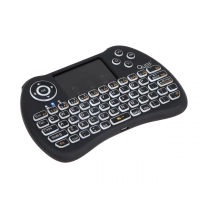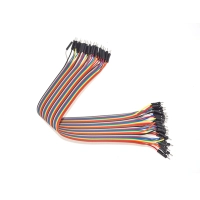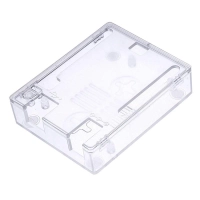Arduino Uno Rev4 Wifi
- 42.00 €
-
- Customer price 39.90 € -5%
- Log in and get at least a 5% discount
Tallinn, Peterburi tee 90F
Tallinn, Peterburi tee 90F
Tallinn, Pärnu mnt. 238
Tartu, Lääneringtee 39
Rakvere, Haljala tee 4
Pärnu, Papiniidu 8
The Arduino UNO R4 WiFi merges the RA4M1 microprocessor from Renesas with the ESP32-S3 from Espressif, creating an all-in-one tool for makers with enhanced processing power and a diverse array of new peripherals. With its built-in Wi-Fi® and Bluetooth® capabilities, the UNO R4 WiFi enables makers to venture into boundless creative possibilities. Furthermore, this versatile board boasts a convenient on-board 12x8 LED matrix and a Qwiic connector, offering ample space for innovation and unleashing creativity. This dynamic combination empowers makers to transform their ideas into reality and elevate their projects to unprecedented heights.
- Hardware compatibility: Maintains the same form factor, pinout, and 5 V operating voltage as its predecessor, the UNO R3, ensuring a seamless transition for existing shields and projects.
- Increased memory and a faster clock speed, enabling more precise calculations and effortless handling of complex projects.
- Introduces a range of on-board peripherals, including a 12-bit DAC, CAN BUS, and OP AMP, providing expanded capabilities and design flexibility.
- Supports a wider input voltage range, allowing seamless integration with motors, LED strips, and other actuators using a single power source.
- With built-in HID support, the UNO can simulate a mouse or keyboard when connected to a computer via USB, making it easy to send keystrokes and mouse movements.
- ESP32-S3 module, enabling makers to add wireless connectivity to their projects. Combined with the Arduino IoT Cloud, makers can monitor and control their projects remotely.
- Featuring a Qwiic I2C connector, allowing easy connection to nodes from the extensive Qwiic ecosystem. Adapter cables also enable compatibility with sensors and actuators based on other connectors.
- Includes additional pins, including an "OFF" pin to turn off the board and a "VRTC" pin to keep the internal Real-Time Clock powered and running.
- Incorporates a bright 12x8 red LED matrix, ideal for creative projects with animations or plotting sensor data, eliminating the need for additional hardware.
- Includes an error-catching mechanism that detects runtime crashes and provides detailed explanations and hints about the code line causing the crash.
Overview:
48 MHz Arm® Cortex®-M4 microprocessor with a floating point unit (FPU)
5 V operating voltage
Real-time Clock (RTC)
Memory Protection Unit (MPU)
Digital-to-analog Converter (DAC)
Memory:
256 kB Flash Memory
32 kB SRAM
8 kB Data Memory (EEPROM)
Peripherals:
Capacitive Touch Sensing Unit (CTSU)
USB 2.0 Full-Speed Module (USBFS)
14-bit ADC
Up to 12-bit DAC
Operational Amplifier (OPAMP)
Power:
Operating voltage for RA4M1 is 5 V
Recommended input voltage (VIN) is 6-24 V
Barrel jack connected to VIN pin (6-24 V)
Power via USB-C® at 5 V
Communication:
1x UART (pin D0, D1)
1x SPI (pin D10-D13, ICSP header)
1x I2C (pin A4, A5, SDA, SCL)
1x CAN (pin D4, D5, external transceiver is required)
The ESP32-S3-MINI-1-N8 is the secondary MCU with a built-in antenna for Wi-Fi® & Bluetooth® connectivity. This module operates on 3.3 V and communicates with the RA4M1 using a logic-level translator (TXB0108DQSR). Overview:
Xtensa® dual-core 32-bit LX7 microprocessor
3.3 V operating voltage
40 MHz crystal oscillator
Wi-Fi
support with 802.11 b/g/n standard (Wi-Fi 4)
Bit rate at up to 150 Mbps
2.4 GHz band
Bluetooth® 5

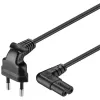

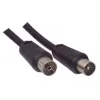
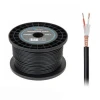
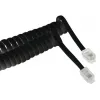


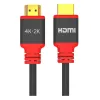
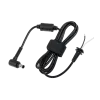


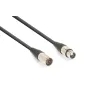







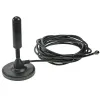
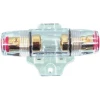
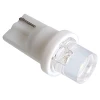
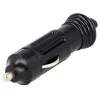

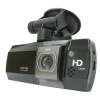
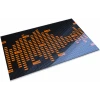

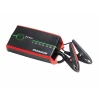

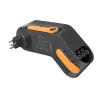
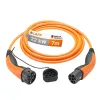
-100x100.webp)
